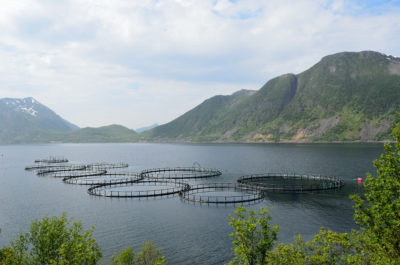A new research report from the Northern Research Institute (Norut), Centre for Rural Research and Norwegian Institute of Bioeconomy Research (NIBIO) sums up the status of the bio-based industries in Norway.
Text: Rannveig H. Stiberg, Norut. English translation: Inga Sæther, Centre for Rural Research Foto: Colourbox
The research work is part of the Biosmart project, which aims to provide knowledge about smart solutions for a sustainable economy based on renewable bio-resources. Biosmart is coordinated by Centre for Rural Research in Trondheim, and Norut is one of the participants in the international research group.
The report gives an overview of the status and development of biological resources and production across forestry, agriculture, fisheries and aquaculture in Norway. Resources and output in the sectors vary both geographically and over time. There are significant regional differences in production between the various industries. Northern Norway, with Nordland at the top, is a major producer of biomass from fisheries and aquaculture. In Eastern Norway, the marine industries are practically non-existent. However, the production of forest biomass is significant there. Agriculture is present all over the country, but the counties Hedmark, Oppland, Rogaland and Trøndelag stand out with the highest biomass production.
Forestry and agriculture
Compared to most other countries, a very small part of Norway consists of farmland – about 3% is arable land. The use of farmland has declined over the last decade, but food production has remained stable due to e.g. import of feed ingredients. There is potential for increased production by operational changes, such as crop rotation and more grazing on uncultivated land (“outfields”).
Fisheries and aquaculture
The total catch of wild fish and seafood has remained around 2.5 million tonnes per year since the mid-1990s. The catch on the traditional species are mainly utilized to the full. The potential for increased volume lies in utilizing new species, such as plankton, algae and seaweed.
The aquaculture industry has grown rapidly since its inception in the 1970s. The industry has an ambition to quintuple its current production volume, which in 2014 was 1.3 million tonnes. The import of feed ingredients is an important basis for growth. The potential for increased production depends on many factors, including techno-economic development, environmental concerns, feed resources and diseases.
Read the full report: Mapping the bioeconomy: Biological resources and production in forestry, agriculture, fisheries and aquaculture in Norway

